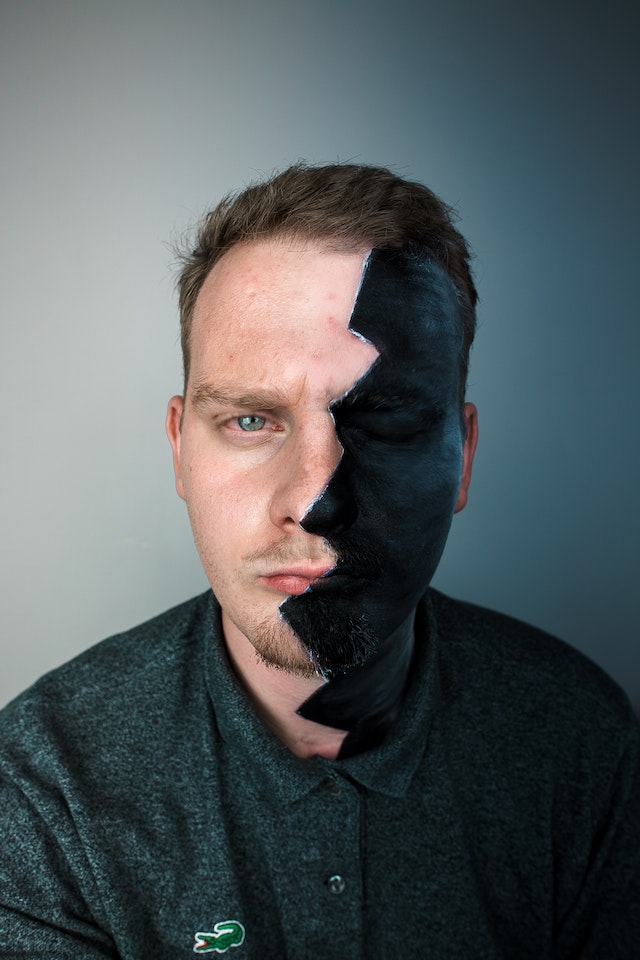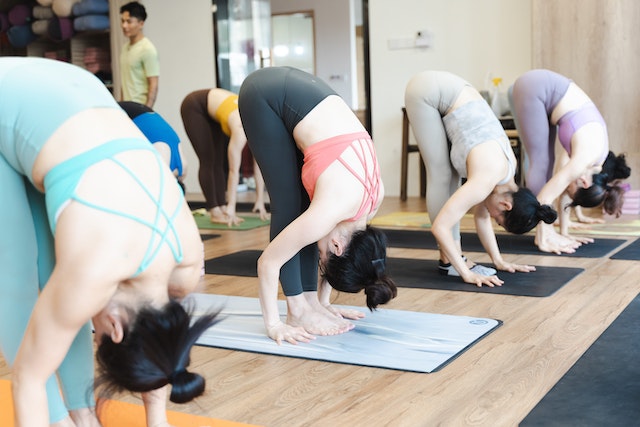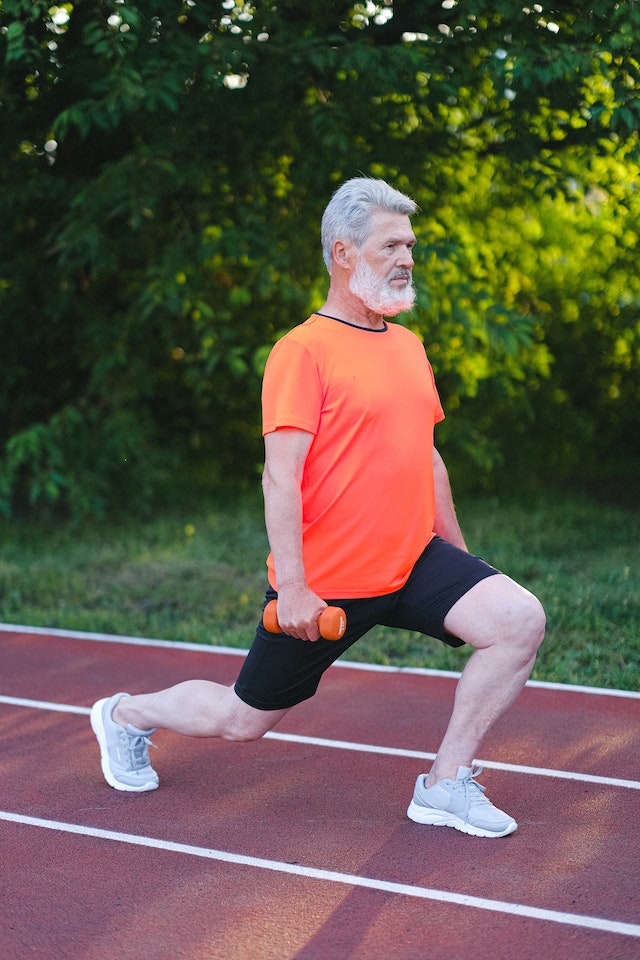Introduction
Meet our expert, Dr. Laura Turner, a distinguished physiotherapist with a remarkable track record in injury prevention and rehabilitation. In this comprehensive guide, Dr. Turner will unveil the pivotal role of physiotherapy in safeguarding against injuries and ensuring a speedy recovery when they occur. Whether you’re an athlete, an active individual, or someone looking to enhance your physical well-being, understanding physiotherapy’s significance is the first step towards a healthier, injury-free life.
Demystifying Physiotherapy
Physiotherapy, often called physical therapy, is a healthcare discipline focused on enhancing physical function, mobility, and overall health. It is a holistic approach to preventing injuries, managing conditions, and optimizing your body’s performance.
The Dual Role of Physiotherapy
Injury Prevention
“Prevention is better than cure,” emphasizes Dr. Laura Turner. “Physiotherapy equips individuals with the knowledge and techniques to minimize the risk of injuries.”
Rehabilitation
“When injuries occur, physiotherapy is a key player in the recovery process,” Dr. Turner explains. “It helps individuals regain strength, mobility, and confidence.”

The Benefits of Physiotherapy
Customized Exercise Plans
“Physiotherapists design personalized exercise regimens to address your specific needs,” Dr. Turner states. “These plans improve strength, flexibility, and resilience.”
Postural Correction
“Poor posture often leads to injuries,” notes Dr. Turner. “Physiotherapy corrects posture, reducing the risk of strains and discomfort.”
Sport-Specific Training
“For athletes, physiotherapists offer sport-specific training to enhance performance and prevent sports-related injuries,” says Dr. Turner.
Pain Management
“Physiotherapy provides drug-free pain management techniques,” Dr. Turner explains. “This is especially beneficial for chronic pain sufferers.”
Faster Recovery
“Injuries don’t have to sideline you for long,” assures Dr. Turner. “Physiotherapy accelerates the recovery process, getting you back to your routine.”

Insights from the Expert
Dr. Laura Turner: “Regular physiotherapy sessions are an investment in your long-term well-being. They empower you to take control of your body, preventing injuries and ensuring a swift recovery if the unexpected happens.”
Meet Dr. Laura Turner
Dr. Laura Turner holds a Ph.D. in Physiotherapy and has dedicated her career to helping individuals lead pain-free lives. Her expertise in injury prevention and rehabilitation has made her a trusted figure in the field.
Conclusion
Physiotherapy is your partner in maintaining a life free from injuries and discomfort. Whether you’re an athlete looking to up your game or someone seeking to lead an active, pain-free life, the guidance of a skilled physiotherapist like Dr. Laura Turner can be transformative. Take the proactive step towards injury prevention and speedy recovery with physiotherapy today.
| Benefit | Description |
|---|---|
| Customized Exercise Plans | Tailored exercises for strength and flexibility |
| Postural Correction | Corrects poor posture to reduce injury risk |
| Sport-Specific Training | Enhances athletic performance and prevents injuries |
| Pain Management | Drug-free techniques for chronic pain relief |
| Faster Recovery | Accelerates healing and return to activities |
Comparative Table: Physiotherapy vs. Other Approaches
| Aspect | Physiotherapy | Medication | Surgery |
|---|---|---|---|
| Injury Prevention | Focuses on prevention and education | May not address root causes | Not a preventive measure |
| Rehabilitation | Promotes recovery and strength | Doesn’t address underlying issues | Requires invasive procedures |
| Personalized Approach | Tailors treatment to individual needs | Generic approach | Tailored but invasive |
Incorporate these key benefits of physiotherapy and a comparative table to help readers grasp its advantages in injury prevention and rehabilitation compared to other approaches.










